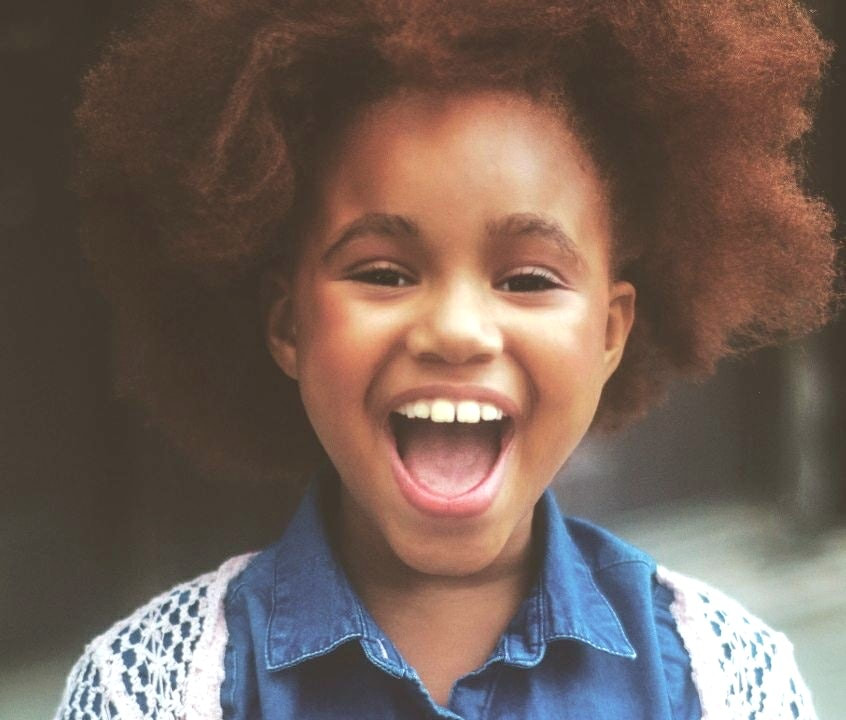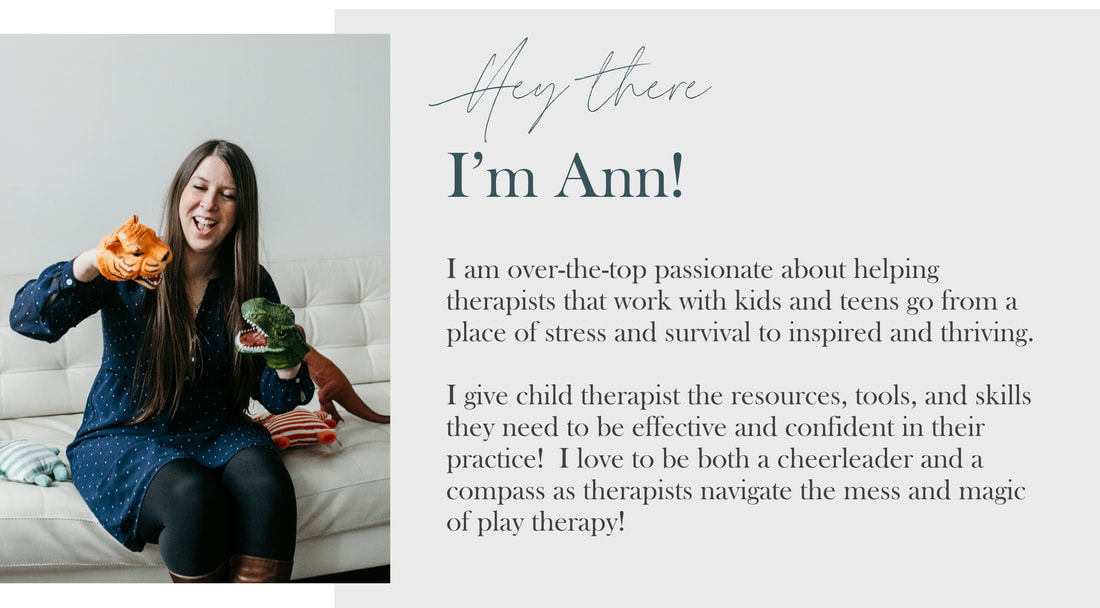|
Kids who are engaged in therapy make more progress.
Pretty intuitive right? And also backed by research. So what is a play therapist to do when a child comes into the playroom and isn’t engaged? Some may call it resistant, but either way you spin it the child isn’t coming in AND if they actually do come in…they aren’t doing anything. At all.
Yup. This means that the road forward to progress on goals may be rocky. Or a mountain. Or you may be taking this journey inch by inch.
Now on a side note - resistance shows up for a reason and it’s important to honor that. And at the same time you want to make sure that you are doing everything in your control to create a safe healing space for children and teens to do their work. The hard work of decreasing depression, lowering tantrums, increasing confidence, and working through trauma. One thing I have observed in my Play Therapy practice is that it is pretty rare for a child who is engaging in Child Centered Play Therapy to have difficulty with entering the playroom, although it can definitely happen. And I have a hypothesis on why this might be true. In Child Centered Play Therapy you have not only the Rogerian conditions of empathy, congruence, and unconditional positive regard, but you also have choice. Kids can do almost anything they want in the playroom during a CCPT session. So, as resistant kids, tweens, and teens come into the therapy space this is one of the big tools I use to help create safety and move through resistance into safety. Choice puts kids and teens back in a position of control. And when you freely give choice paired with with empathy, congruence, and (honest) unconditional positive regard you are accepting kids and teens just as they are. Now, one tip for giving choice when you aren’t operating from a CCPT lens is what I call the “Buffet of Options”. The Buffet of Options is when you identify multiple things a child or teen could do and then tag onto the end “or anything else you can think of”. This might sound like “Today we can draw, play a game, do a sand tray, collage, talk about what is stressing you out, or do almost anything else you can think of”. Hopefully something you say will excite them to move them into a therapy activity or intervention BUT if they choose to put their head down, stare into the distance, or express distress at being in therapy - that’s an option too! (see previous note about honest unconditional positive regard). And in those moments reflecting back their choice with unconditional positive regard restores their sense of control and inevitably creates safety within the therapy space. Building the blocks and foundation of the relationship piece by piece. Do you need more support with resistance in the playroom? Check out my training Rolling With Resistance: Play Therapy Interventions For Your Most difficult To Engage Clients, with 25+ Play therapy activities to unlock resistance and increase engagement! Loading...
0 Comments
Leave a Reply. |
Hi, there!I'm Ann Meehan, an LPCC, Loading... Archives
July 2024
Categories
All
|
Privacy Policies | Terms of Use | Disclaimer
Contact
[email protected] | Copyright Meehan Mental Health Services 2022
Contact
[email protected] | Copyright Meehan Mental Health Services 2022







